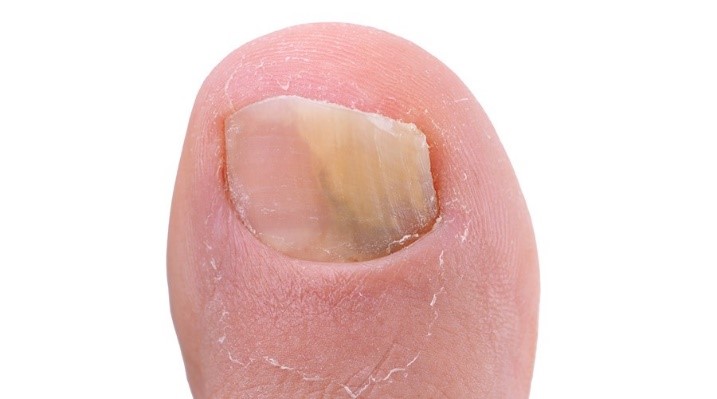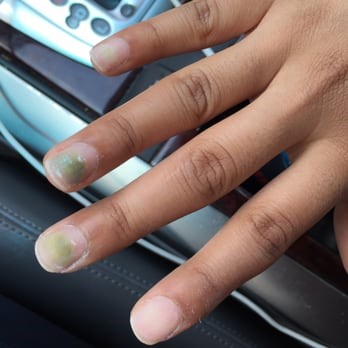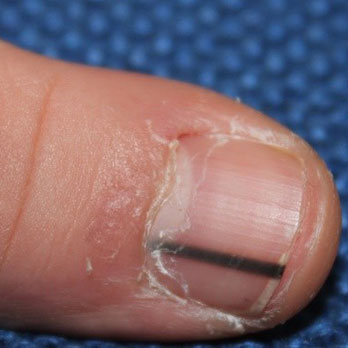Nail deformity is called onychodystrophy. Not all distorted nails are caused by fungal infection. Certain skin diseases, such as psoriasis, contact dermatitis and lichen planus can also cause nail deformities. Growths around or under the nail, including tumours and viral warts can also cause nail deformities. Sometimes fungal infections can occur in conjunction with these other problems.
Fungal nail infections are known as onychomycosis

Onychomycosis may affect one or more fingernails and or toenails
The diagnosis is made by clinical examination and is confirmed by culture of fungus from nail clippings
50% of patients with fungal nail disease will have a negative nail clipping culture making definitive diagnosis difficult
Onychomycosis rarely responds to medicated nail lacquer or topical therapy
Oral therapy is more effective but requires a long course of therapy 6 weeks for finger nails and 12 weeks for toe nails
Nd-Yag laser therapy alone can cure fungal nail disease in about half of patients treated
The combination of Nd-yag laser therapy and oral medication has been shown to be the most effective treatment for fungal nail disease
Nd-Yag laser is safe and easily done; the treatment is described by most patient as uncomfortable but not painful
There is no specific aftercare
The Laser targets fungal pathogens and induces apotosis (so called programmed cell death) without damaging normal tissue
The FDA have approved Nd Yag Laser therapy for fungal nail disease
Treatment consists of 4 sessions of laser therapy with between one and two weeks between each treatment
Onychomycosis is a clinical diagnosis; if the diagnosis is in doubt then fungal infection can be confirmed by sending clippings of the nail for fungal culture

Greenish discolouration of the nails is usually as a result of bacterial infection with pseudomonas and requires oral antibiotic therapy

Black discolouration (melanonychia) under the nail may be the first sign of a melanoma and will usually require a nail matrix biopsy
Clinical exam including examination for other skin conditions
Nail culture for bacterial or fungus
X ray examination to out rule tumour under nail
Topical therapy – rarely effective
Nd-Laser therapy approximately 50% cure rate with 4 treatments
Oral therapy
Itraconazole or terbinafine:finger nails – 6weeks – cure rates approx..70%
Toe nails -12 weeks – cure rates approx. 65%
Combination oral and Nd-Yag laser has highest cure with rates exceeding 70%


